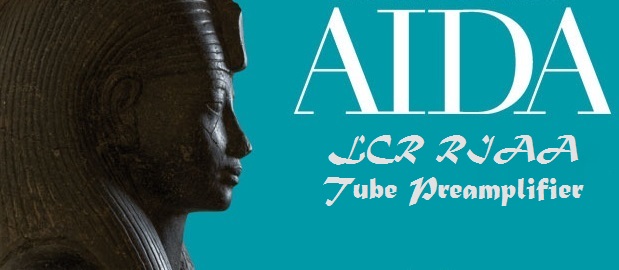
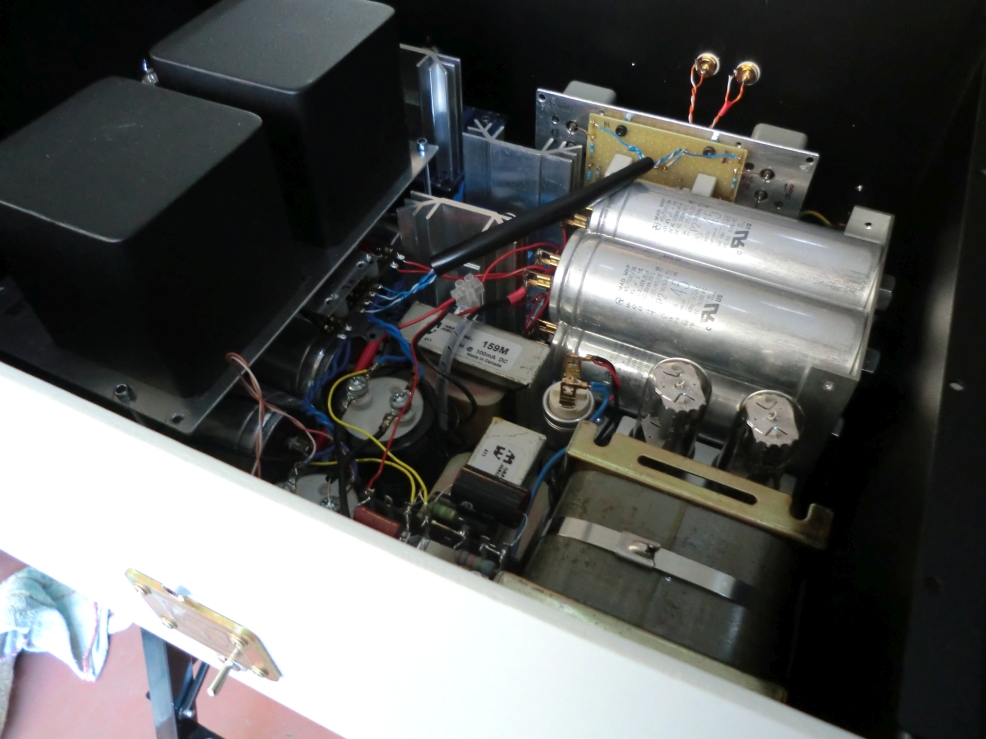
A LCR phono stage is probably one of the most challenging circuits to build in audio.There are several approaches to low noise tube RIAA stages.

1. Negative feedback RIAA. I think 90% of the phono preamps in the hi-fi market are configured this way: an RC network in the feedback loop implement the active RIAA filter. Low cost solution = poor performance.
2. RC type: a RC network between two gain stage achieve the RIAA curve. Good solution but the impedance of RC network change with frequency.
3. LCR type. An LCR network is inserted between two gain stage to obtain the RIAA equalization.This network has a constant impedance across all frequencies and keeps the distortion spectra constant.
4. Nekolab LCR output: The ultimate phono stage. In addition to the advantages of the classic LCR type, cut down the overall noise.
In my personal persuasion ʺ the fewer, the better ʺ I want a phono stage that gain at last 60dB with only two gain stages ( to minimize sonic coloration ) and without negative feedback. I usually use two moving coil cartridge: Denon DL-103 and Audio-Technica Signet AT-OC9 both feature a low output level 0.3-0.4 mV.
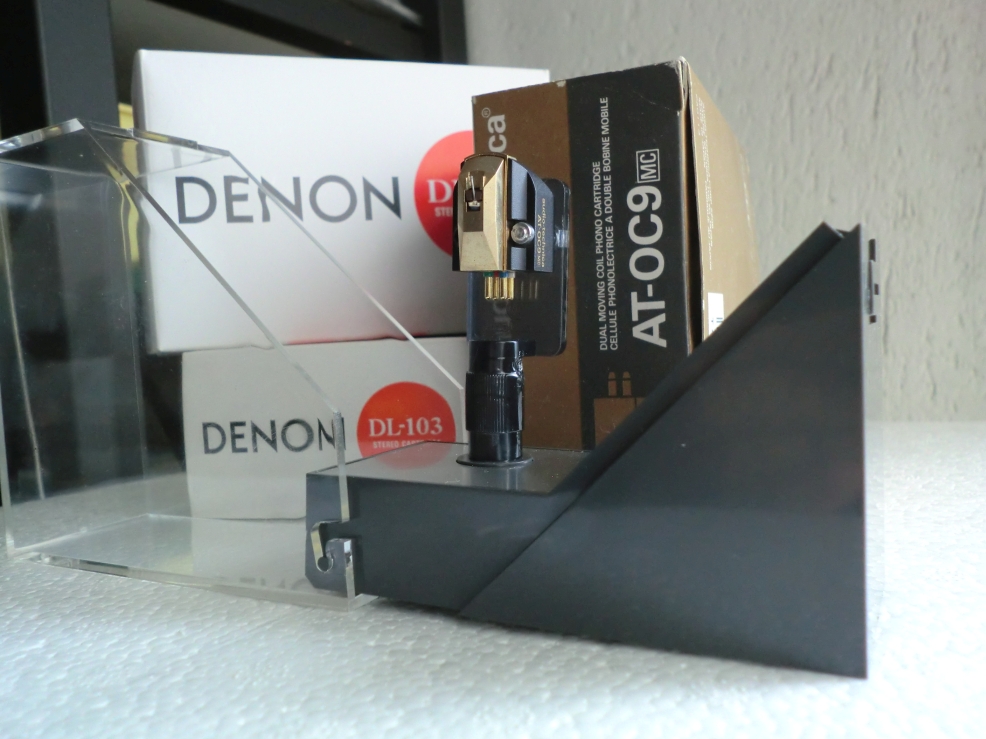
With these low signals I think it is essential to use an MC step-up transformer. This approach carries too many advantages to ignore, including nearly noise-free gain and galvanic isolation. Please no solid state active MC pre-pre but only good MC transformers. I use the vintage Peerless/Altec 4722 mike transformers, which gave 1:16 stepup ( 24 dB gain ) at 150 Ω tap, but also CineMag CMQEE-3440A gives excellent listening results.

Mostly, the first stage is the heart, the crucial part of any RIAA preamplifier. This one must have very high gain, low distortion and low noise. The goal is to achieve the maximum possible amplification at this stage to compensate for the -20dB loss of the LCR passive RIAA network.I have tried several approaches to achieve this: ECC83 ( 12 AX7 ) based SRPP, ECC88 ( 6DJ8 ) Cascode, 5842 transformer loaded and many other. For me the the best solution I found in terms of measurements and listening results is a D3A pentode ( triode connected ) loaded with a DN2540 depletion Mosfet cascoded pair constant current. This approach maximizes the gain to near mu ( 100 MΩ output impedance = near horizontal load line ) and increase the power supply rejection ratio ( PSRR ) .
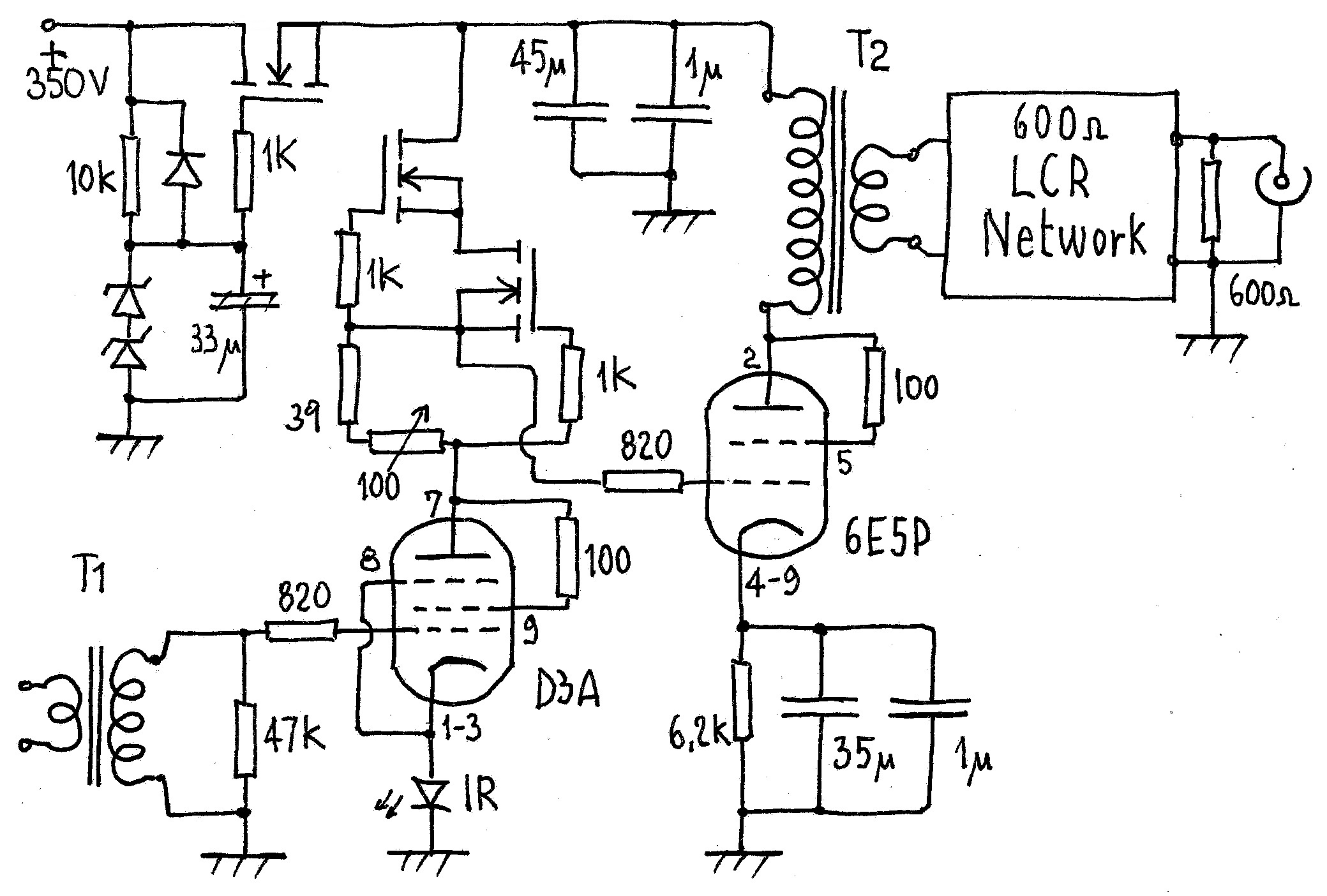
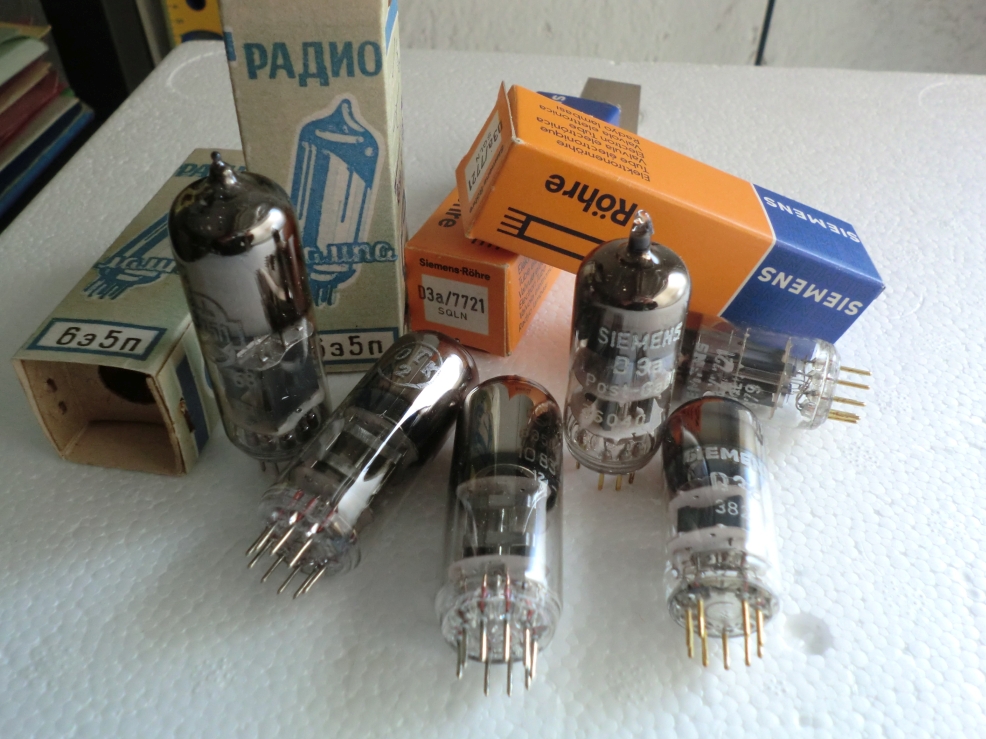
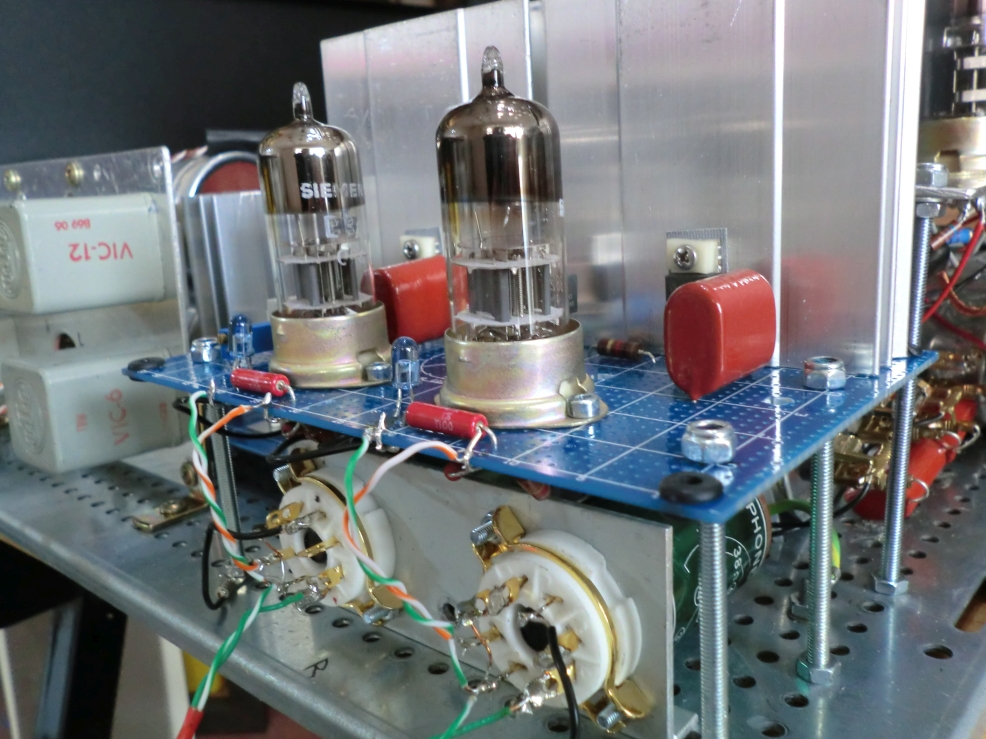
The D3a Mu in triode connection is 73, plate resistance is around 2k, and the transconductance is an impressive 35mA/V. The D3a operating point is about 140V on the plate- at 20mA, that’s a bit under 3W dissipation, so the tube is run well under its 4.5W limit and should be reliable. For bias method my favorite solution, as anyone who has seen my earlier projects will know, is LED bias. Here an Infra Red LED ( Everlight IR 333/H2 Vf=1.2 V @ 20mA ) is the best and low noise solution.
Constant current sources as plate loads bring some other advantages to the party. Constant current means that the variation in LED dynamic impedance with signal can be safely ignored. The plate voltage is automatically adjusted tube to tube and as tubes age to maintain the correct operating point. For the current set up, turn the 100 trimmer to obtain 0.78 V across the 39 Ω resistor.
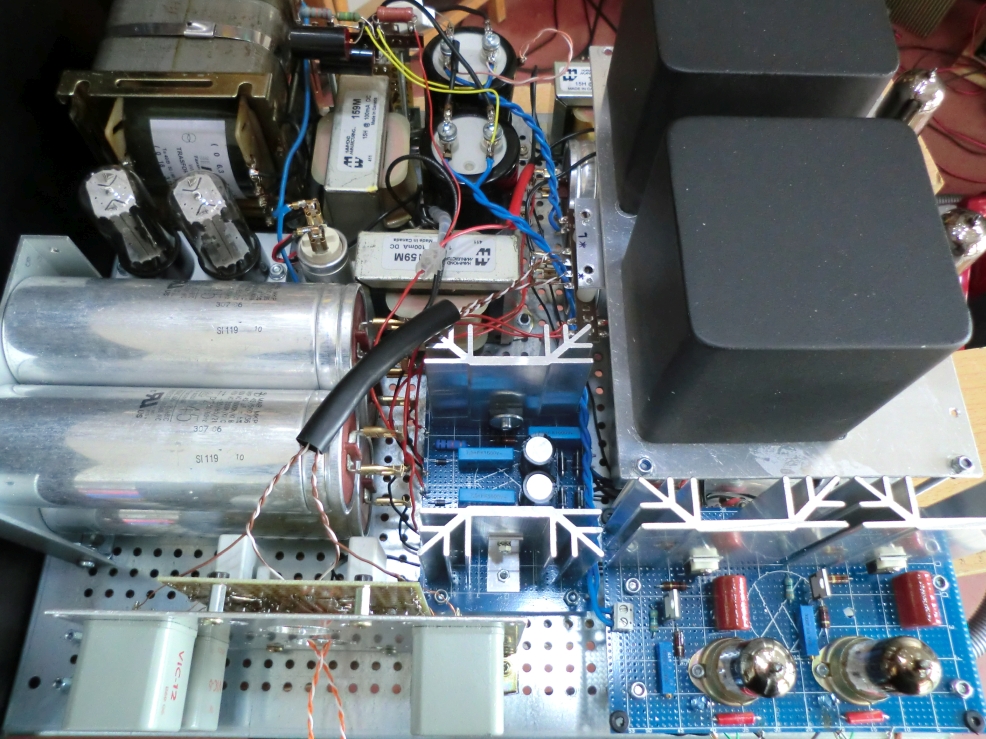
The next stage is a direct coupled trasformer load 6E5P. This beautiful 8W Russian tetrode in triode strapped becomes a very attractice driver: rp around 900-1KΩ, gain 33-35, high transconductance of around 30 mA/V. To obtain the correct current in the tube ( 22mA) the cathode resistor must be 6.2 KΩ ( Caddock TO220 type on adeguate heatsink ). All gate or grid stopper resistors must be carbon composition type. Remenber high transconductance tube are also microphonic.
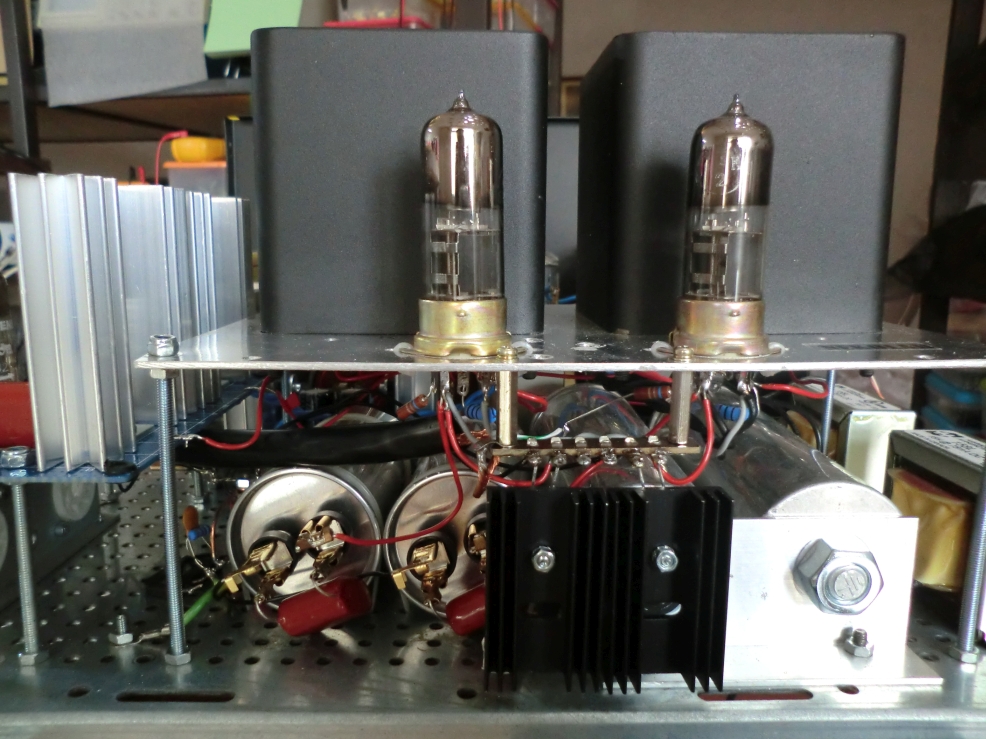
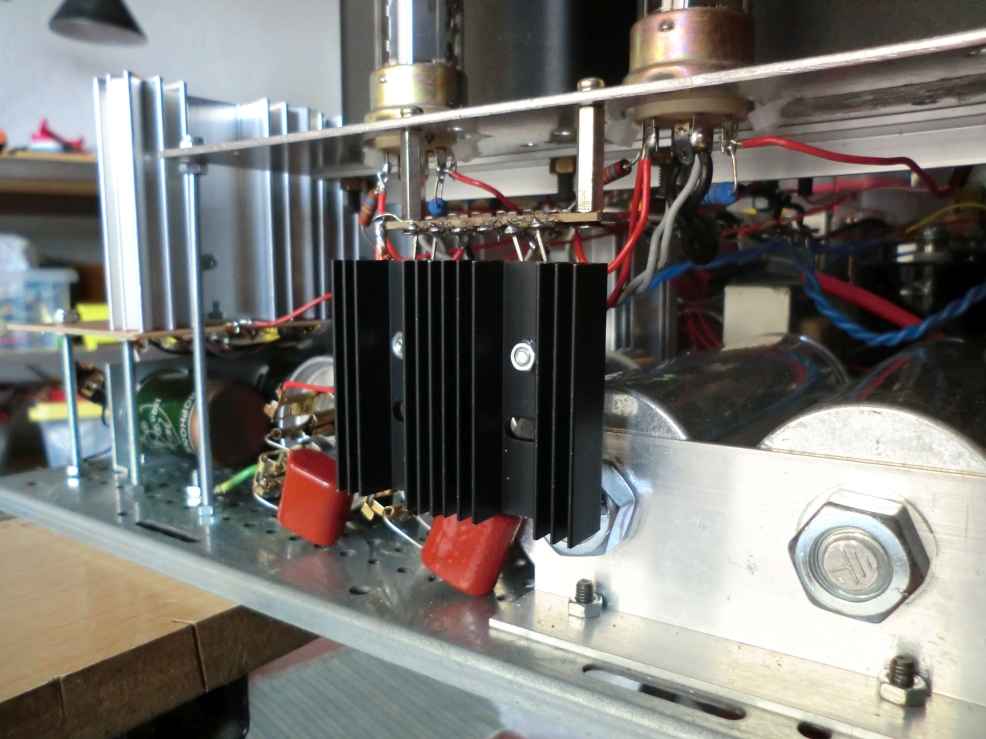
The load transformer is a custom made type from AEE:
https://www.aeetransformers.com/products/audio-transformer.html
This tube line output transformer have a double C core, a primary impedance of 5KΩ ( 50 H inductance, 30 mA current ) and a 600 Ω secondary for best match the LCR RIAA Network. Unlike conventional negative feedback or resistor-capacitor RIAA circuit, Aida use an ideal, constant impedance, 600 Ω LCR circuit design with high accuracy RIAA tracking ( within +/-0.2dB ) put at the preamplifier output. For the most critical parts in this networh, the two 1.8H and 45mH coils I used the vintage UTC VIC6 and VIC12 variable inductor. Use an LCR meter and turn the inside core ( with a little hex key ) to obtain 1.8H from VIC12 and 0.45mH from VIC6. The resistors and capacitors MUST have 1% tollerance.
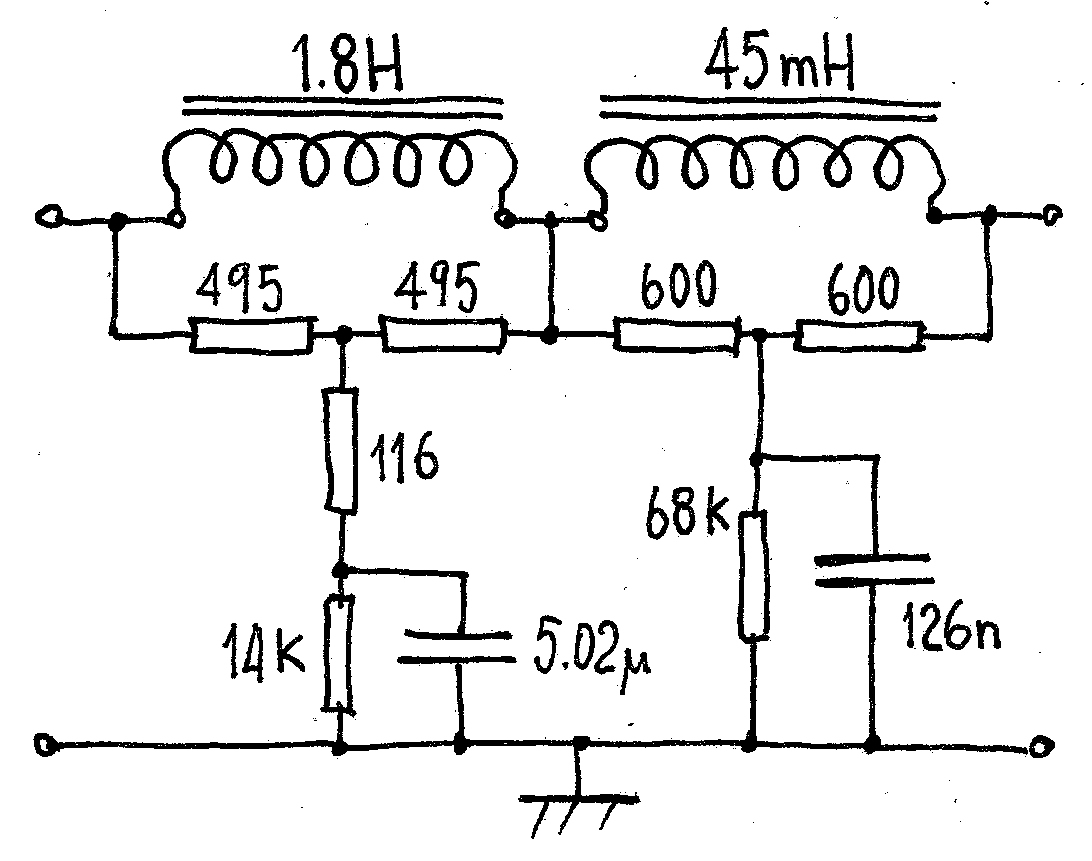
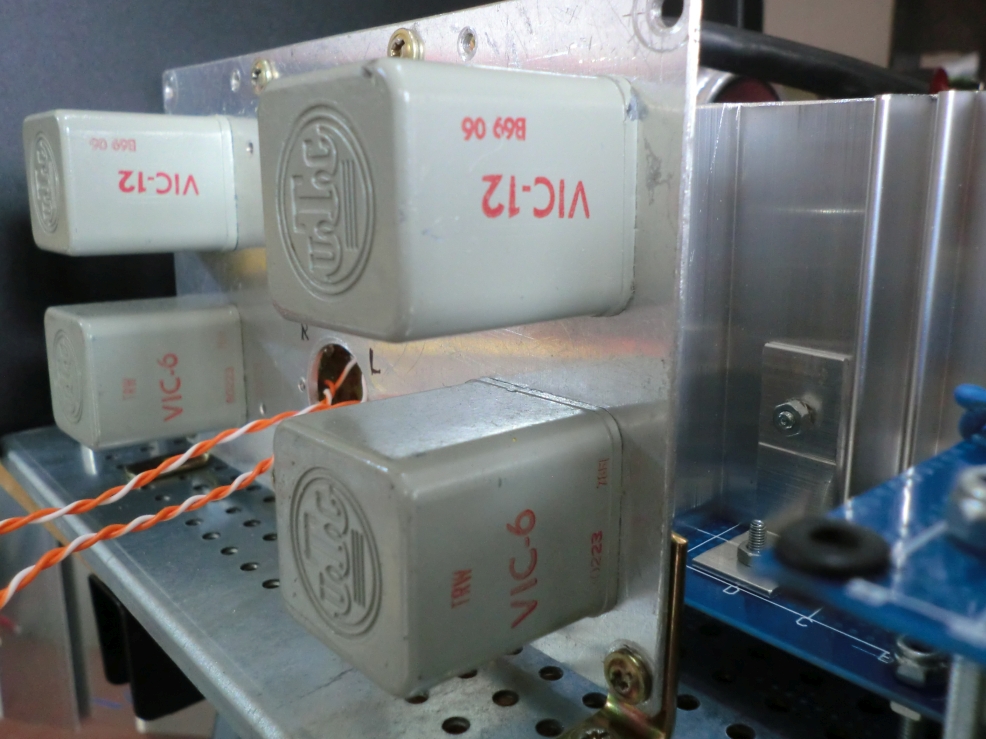
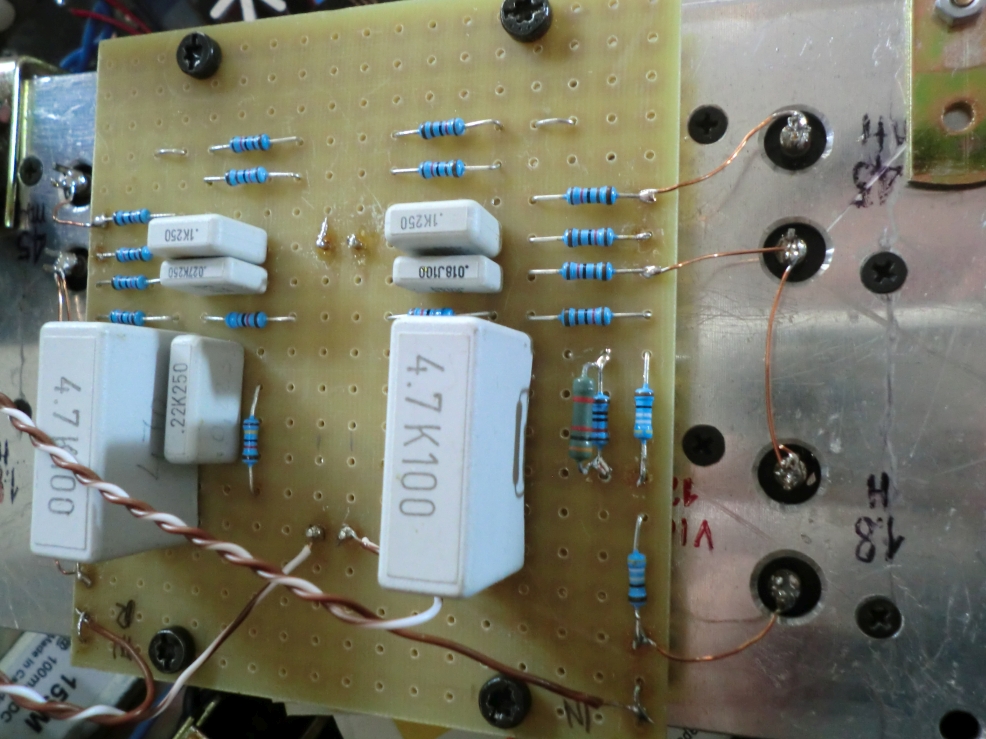
The ( very quiet ) power supply unit is implemented with a full wave two 6AX5GTB tube rectifier followed by a multi stage choke-capacitor ( polypropylene in oil ) filter and a high-voltage Mosfet ( STW7NK90Z ) regulator per channel. The output voltage is set at 300 V by the series of two zener 1N5383B. Tube filament power supply are also DC regulated. The custom made power transformer have a CT 420 V @ 120mA secondary for high voltage stages, a 6,3 V @ 3 A for 6AX4GTB filaments, a 7 V @ 1 A for D3a filaments regulator and a 7 V @ 2 A for 6E5P filaments regulator. In these last regulators the resistors R1, R2 must be chosen so as to have 6.3 V at the output.
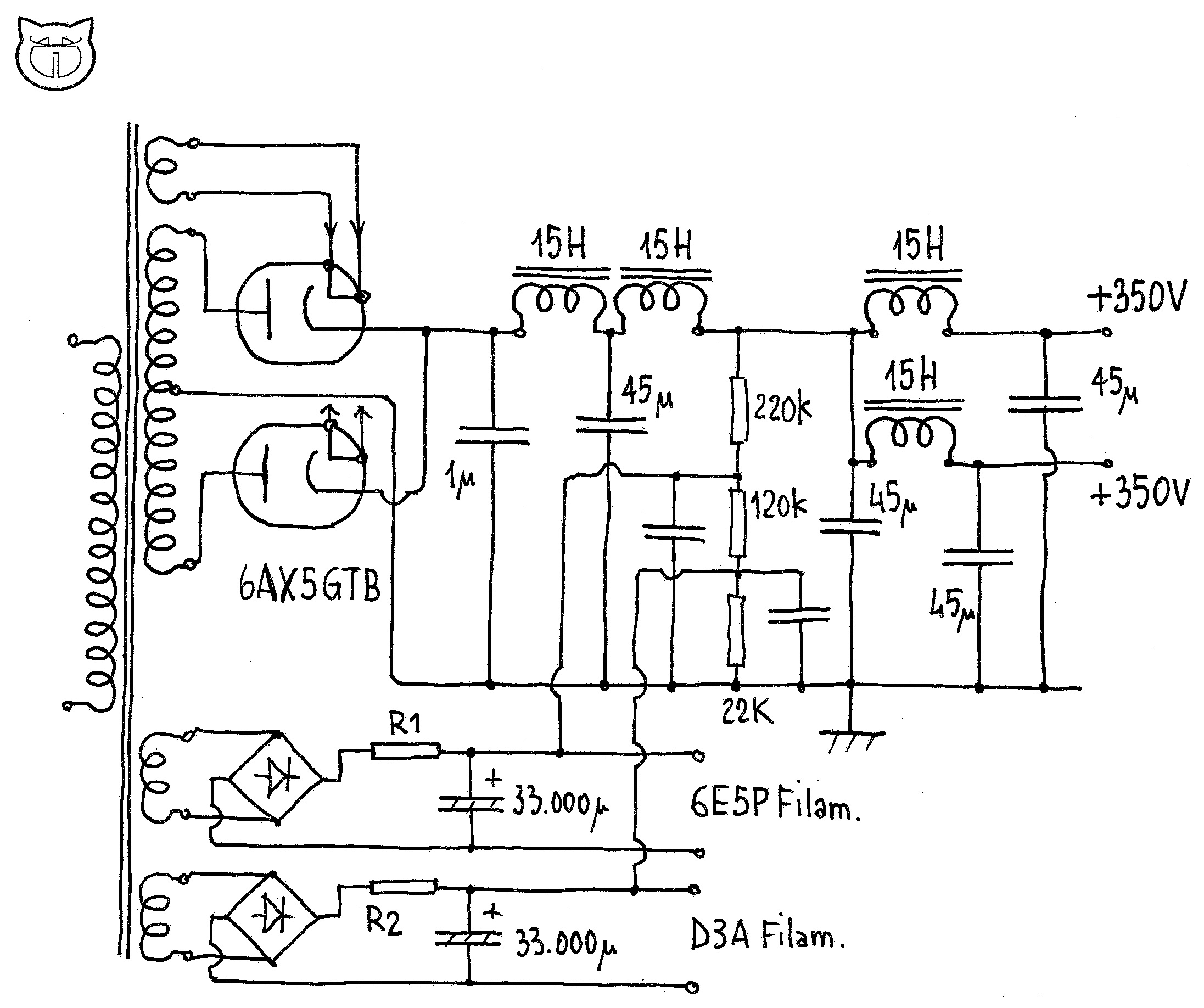
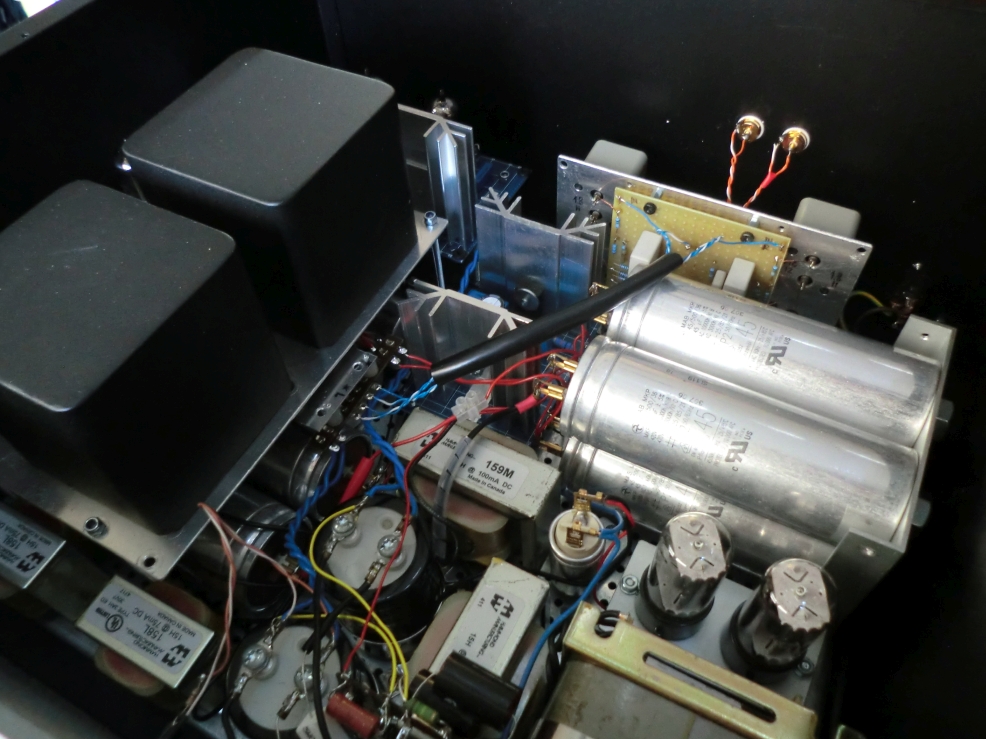
Sum up this design yields a wide and deep soundstage, realistic image proportions, and startling dynamic range and speed, with massive headroom capability and low noise. I was very impressed with the Aida imaging and soundstaging abilities: this phono preamp is a open door to true high-end analog sound.
 While listening Juliette Greco (…& Her Greatest Chansons – Philips ) or Tarentule – Tarentelle ( Atrium Musicae de Madrid, Gregorio Paniagua HM ) it layers impressively and seemingly infinitely back into the soundstage and produces a very noticeable living and breathing space between the images that gives a nice natural feel to the way it portrays music. The images also have a excellent life-sizing about them and a pleasing flesh and blood solidity. Macro dynamics are impressive, with solid drum whacks nearly lifting me from my listening seat ( Dave Brubeck: Take five – Columbia ). The sense of dynamics now happening in my room was heretofore unheard and unknown. Definition, detail, frequency extension and clean power transfer made me take deep breaths while listening to a number of fave albums. The best of the best. Breathtaking!
While listening Juliette Greco (…& Her Greatest Chansons – Philips ) or Tarentule – Tarentelle ( Atrium Musicae de Madrid, Gregorio Paniagua HM ) it layers impressively and seemingly infinitely back into the soundstage and produces a very noticeable living and breathing space between the images that gives a nice natural feel to the way it portrays music. The images also have a excellent life-sizing about them and a pleasing flesh and blood solidity. Macro dynamics are impressive, with solid drum whacks nearly lifting me from my listening seat ( Dave Brubeck: Take five – Columbia ). The sense of dynamics now happening in my room was heretofore unheard and unknown. Definition, detail, frequency extension and clean power transfer made me take deep breaths while listening to a number of fave albums. The best of the best. Breathtaking!

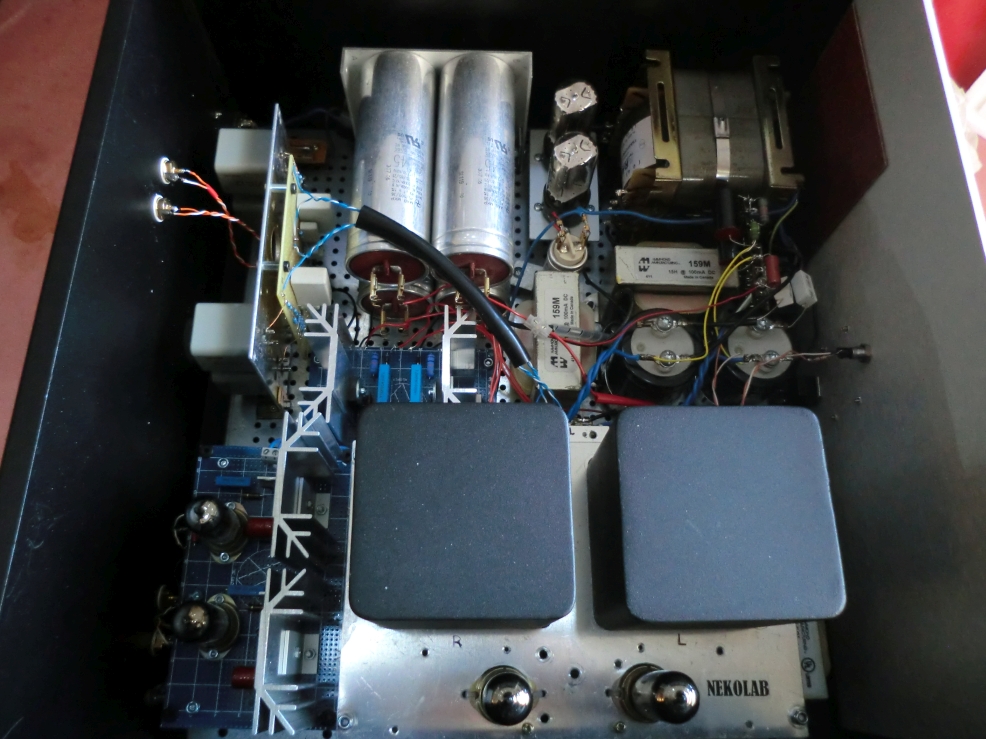


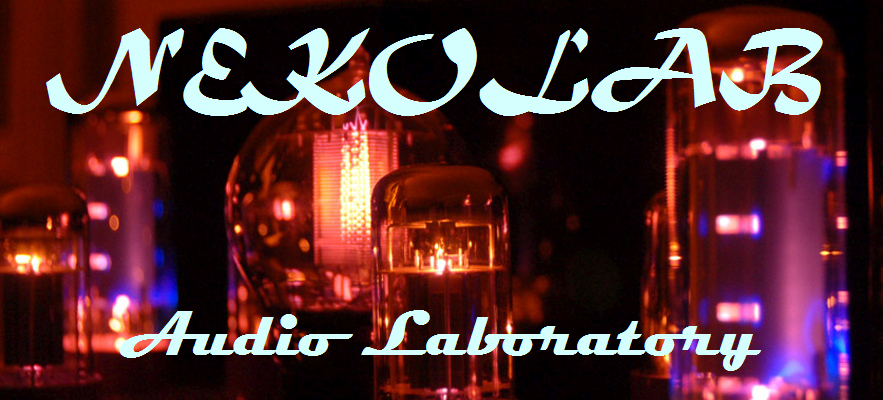

Hi,
Is this commercially available? If so, where can I buy one? I live in the USA.